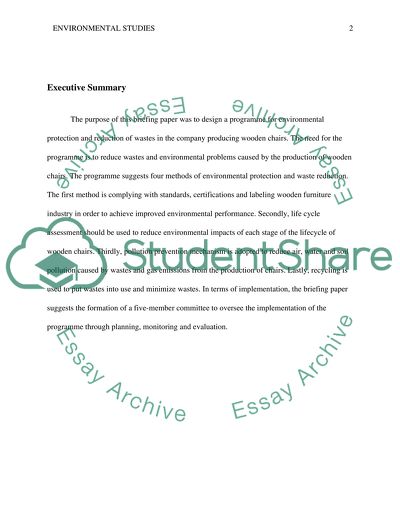Cite this document
(“Wooden Chairs Essay Example | Topics and Well Written Essays - 3500 words”, n.d.)
Wooden Chairs Essay Example | Topics and Well Written Essays - 3500 words. Retrieved from https://studentshare.org/environmental-studies/1669041-wooden-chairs
Wooden Chairs Essay Example | Topics and Well Written Essays - 3500 words. Retrieved from https://studentshare.org/environmental-studies/1669041-wooden-chairs
(Wooden Chairs Essay Example | Topics and Well Written Essays - 3500 Words)
Wooden Chairs Essay Example | Topics and Well Written Essays - 3500 Words. https://studentshare.org/environmental-studies/1669041-wooden-chairs.
Wooden Chairs Essay Example | Topics and Well Written Essays - 3500 Words. https://studentshare.org/environmental-studies/1669041-wooden-chairs.
“Wooden Chairs Essay Example | Topics and Well Written Essays - 3500 Words”, n.d. https://studentshare.org/environmental-studies/1669041-wooden-chairs.


